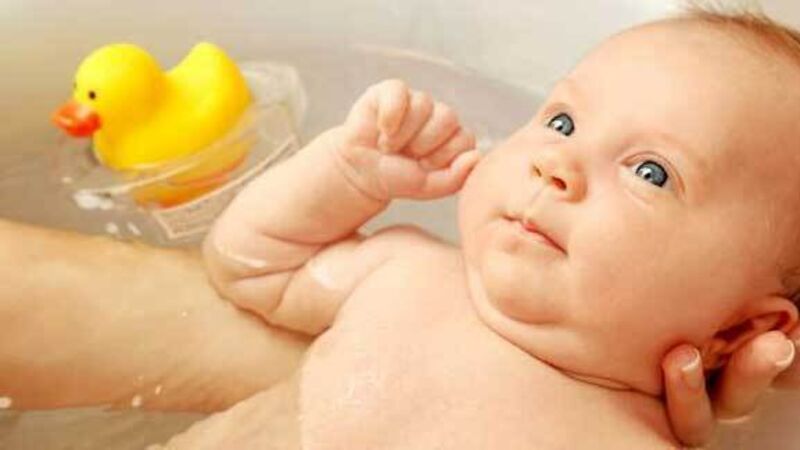Dr Bernadette Carr answers your questions on cradle cap and elbow pain

My four-month-old son still has cradle cap. What lotion, shampoo or treatment would you recommend I use?
Cradle cap (seborrheic dermatitis) is very often seen in young babies and it is normal for it to persist in the first six months of life.











